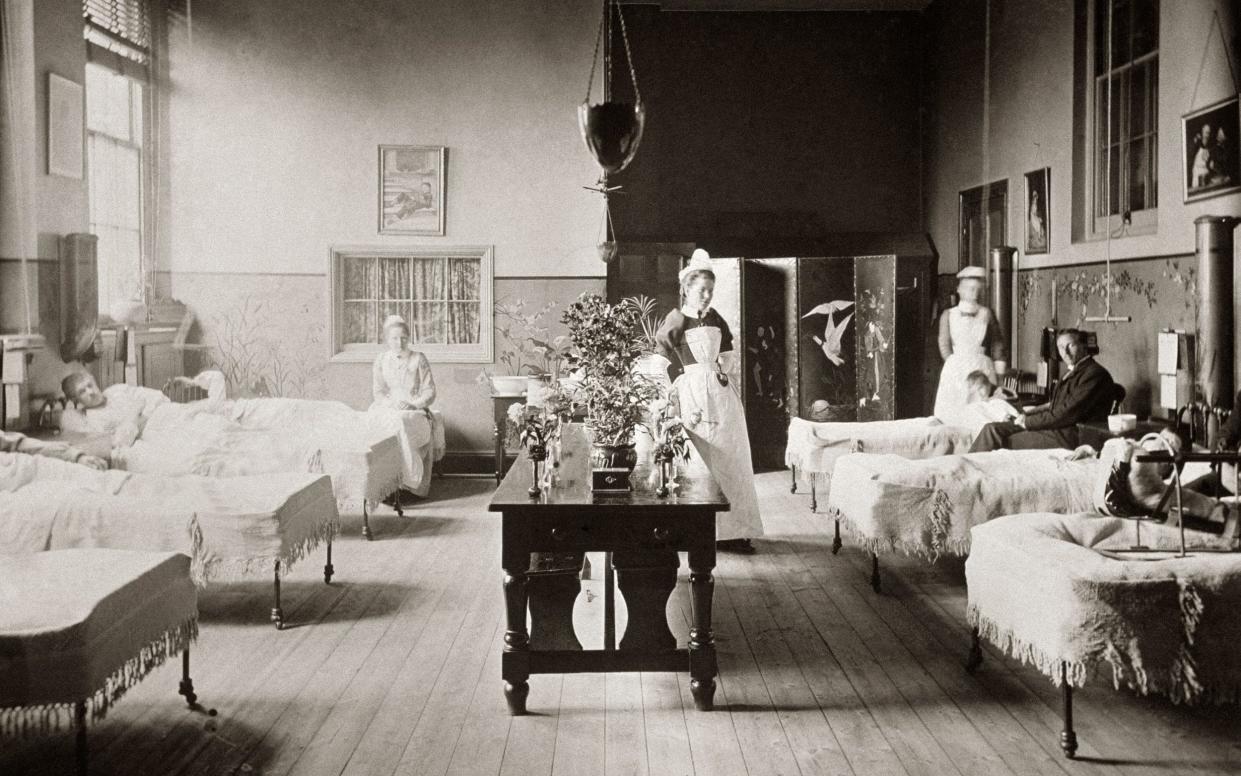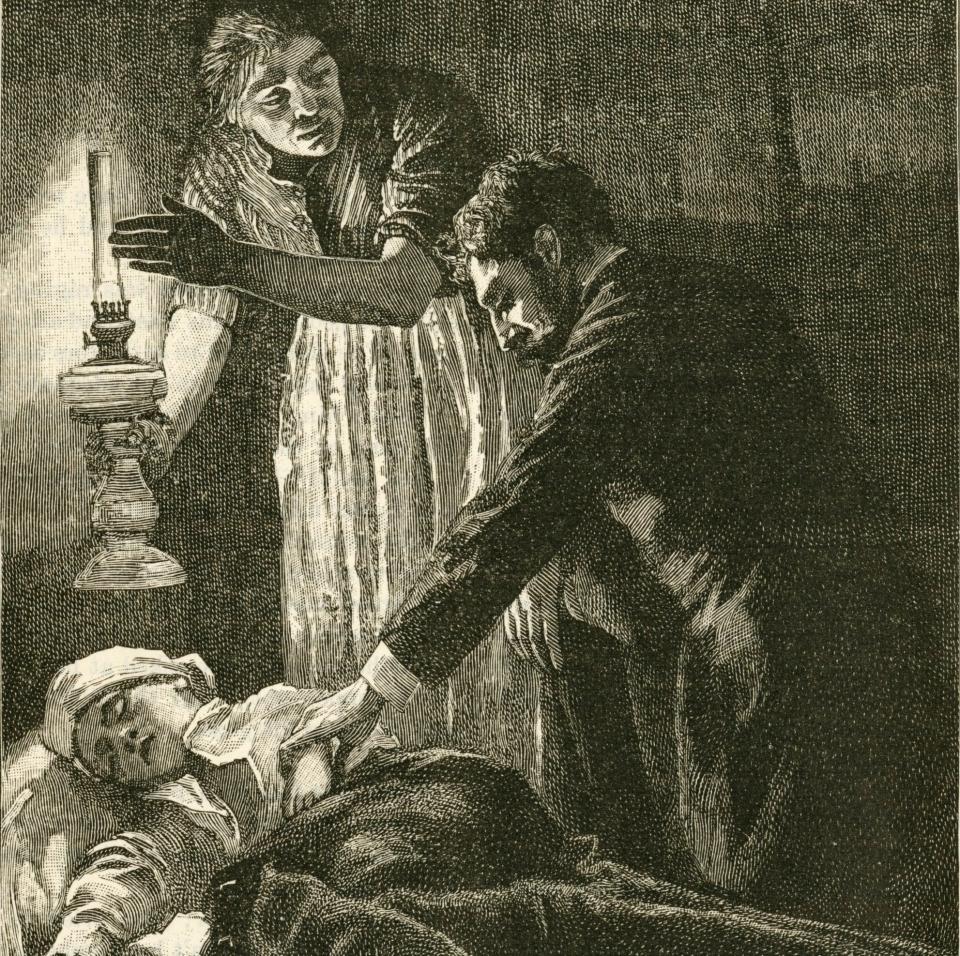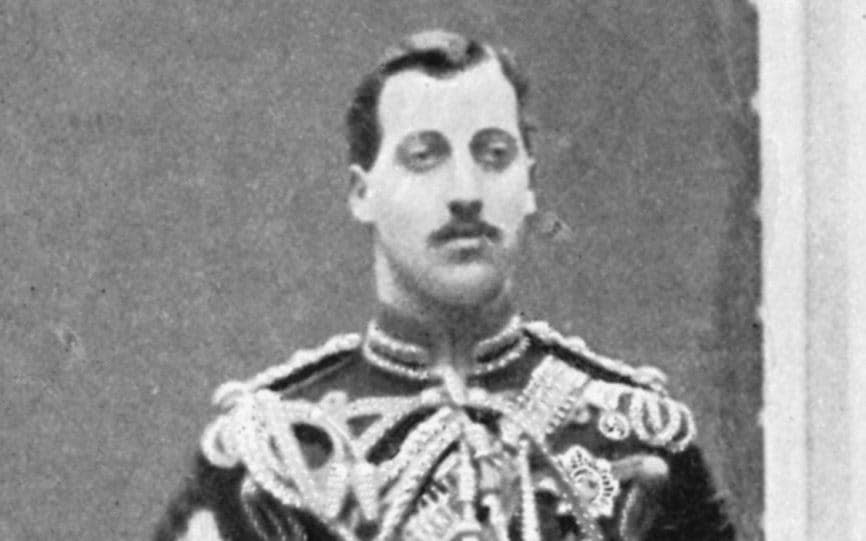Was the Russian flu a ‘coronavirus’? What the 1890s pandemic tells us about how Covid might end

The fourth wave of the pandemic, like the three that preceded it, was marked by a dry cough, an intense headache and what one medical correspondent described as “a feverish malaise”. Soon, both the Prime Minister and the leader of the opposition were confined to their sickbeds and London hospitals were struggling to cope.
The disease felled burly policemen and Bank of England clerks. At a wedding party attended by 100 guests, it was reported that all but three had fallen ill.
You could be forgiven for thinking this is a description of the latest omicron strain of Covid-19. In fact, it details the severe wave of illness that swept London during the “Russian influenza” pandemic of the 1890s. The so-called influenza was blamed on Russia because the first reported outbreak occurred in St Petersburg in November 1889. But though some of the symptoms, such as fever, chills and aches, were consistent with flu, an increasing number of scientists believe the Russian flu may have actually been due to a bovine coronavirus.
As with omicron, the majority of infections were mild. But approximately one in a hundred cases resulted in severe illness or death, particularly for those with pre-existing health conditions. Many complained of “a hard, dry cough of a paroxysmal kind, worst at night”.
Whereas influenza tends to be most fatal to infants and the elderly, with a graph of mortality by age tracing a U-shape, in the case of the Russian flu the mortality curve was J-shaped, reflecting the rising mortality in the over-60s. In other words, similar to Covid.
Russian flu was also associated with inflammatory conditions and fatigue reminiscent of long Covid. Sir Morrell Mackenzie, a Victorian throat specialist, noted that the influenza had a propensity to “run up and down the nervous keyboard stirring up disorder and pain in different parts of the body with what almost seems malicious caprice”. Marked neurological symptoms included intense headaches and shooting pains, as well as a loss of taste and smell.
Four million people in England and Wales were ill during the first wave in the winter of 1889-90, with a recorded 27,000 excess deaths from respiratory diseases. In spring 1891, there was a second, more severe wave, which accounted for nearly 58,000 excess deaths. The winter of 1892 saw a third wave, marked by a further 25,000 deaths. Taking into account a revival in 1893, and the fourth wave in 1895, it was estimated that at least 125,000 Britons had perished.
The parallels are striking. So, if the Russian flu was caused by a coronavirus, what might that pandemic tell us about the likely evolution of Covid-19, and what can we learn from the Victorian experience of living with repeated waves in an era before vaccines and antiviral drugs?
Intriguingly, the Russian flu was preceded by catastrophic outbreaks of a highly infectious respiratory disease in cattle. These led to repeated culling between 1870 and 1890, as farmers sought to prevent the contamination of milk supplies. In an era before refrigeration and pasteurisation, the only way to supply growing urban populations with fresh milk was by bringing cows to city centres – a plausible root for the interspecies transmission of BCoV, or the bovine coronavirus. Thanks to some nifty molecular detective work by Belgian virologist Dr Marc Van Ranst at Leuven University, we know this is closely related to the human coronavirus OC43 with which it shares a common ancestor in around 1890 – suggesting that this is when it probably first jumped from cattle to humans. The date coincides with the first reports of the Russian influenza.

At a time when most medics subscribed to miasma theory – the idea that diseases were the result of poisonous exhalations from the earth carried on the wind – little consideration was given to social distancing or masks. Instead, doctors emphasised the importance of bed rest and a positive state of mind, lest fear become the “mother of infection”.
The Lancet medical journal even went as far as to blame “dread of the epidemic” on the worldwide telegraphic network which, in 1889, had enabled Reuters correspondents to transmit news of the pandemic from St Petersburg well ahead of domestic outbreaks.
Satirical magazine Punch warned: “If you sit all day in your great coat, muffled up to the eyes in a woollen comforter and with your feet in constantly replenished mustard and hot water, as you propose, you will certainly be prepared, when it makes its appearance, to encounter the attack of the Russian Epidemic Influenza, that you so much dread.”
Despite this, there was wide agreement that the infection could cause lung inflammation and that it was imperative to avoid relapses. Those who ignored this advice risked bronchitis and pneumonia. Indeed, one of the most prominent victims was the Duke of Clarence, Queen Victoria’s 28-year-old grandson and the second-in-line to the throne, who died of pneumonic complications from Russian flu in January 1892. His death coincided with Rudyard Kipling’s marriage at All Souls Church, Marylebone – a ceremony, which Kipling recorded, took place “in the thick of an influenza epidemic, when the undertakers had run out of black horses and the dead had to be content with brown ones [and] the living were mostly abed”.

A good insight into how Victorians adjusted comes from English social reformer and women's rights campaigner, Josephine Butler, who suffered recurrent bouts of flu throughout the 1890s.
In December 1891, Butler complained of “a cough… and a good deal of weakness”. In January 1892, she told her son: “I don’t think I ever remember being so weak, not even after the malaria fever at Genoa.” Six months later, she suffered an attack of pneumonia and pleurisy, leaving her the use of just one good lung.
Embracing the miasmatic theories, Butler wrote that the Russian influenza had been conveyed to Britain on the “northeast winds”. This suggested that closing doors and shutting windows might be a safeguard. However, others were convinced the disease was contagious and that the best protection was ventilation and the disinfection of letters thought to harbour infectious particles.
If the Russian flu was due to a coronavirus – and it is an “if” – the Victorian experience does not augur well for our present. Epidemiologists estimate that up to 60 per cent of the population was infected in the initial phase between 1889 and 1892. But herd immunity does not appear to have been reached, hence the recurrent waves of illness, marked by high mortality.
“You don’t get herd immunity with coronaviruses,” says Paul Hunter, an epidemiologist at the University of East Anglia. “When you combine that with the clinical evidence, the similarities between the Russian flu and Covid-19 are striking.”
Indeed, Butler was still complaining of Russian influenza at the turn of the century. She was not alone.
“Influenza has declined to move westward and become almost a regular Christmas annual,” complained one weary medical commentator in 1900. “A pair of blankets and a pillow, properly applied, still form a complete protection against 99 attacks out of a hundred. But in that hundredth case it will detect and advertise some latent flaw, add the last straw… with fiendish ingenuity and deadly effect.”
Mark Honigsbaum is author of The Pandemic Century: A History of Global Contagion from the Spanish Flu to Covid-19 (Penguin, £16.99). Buy yours at books.telegraph.co.uk, or call 0844 871 1514

